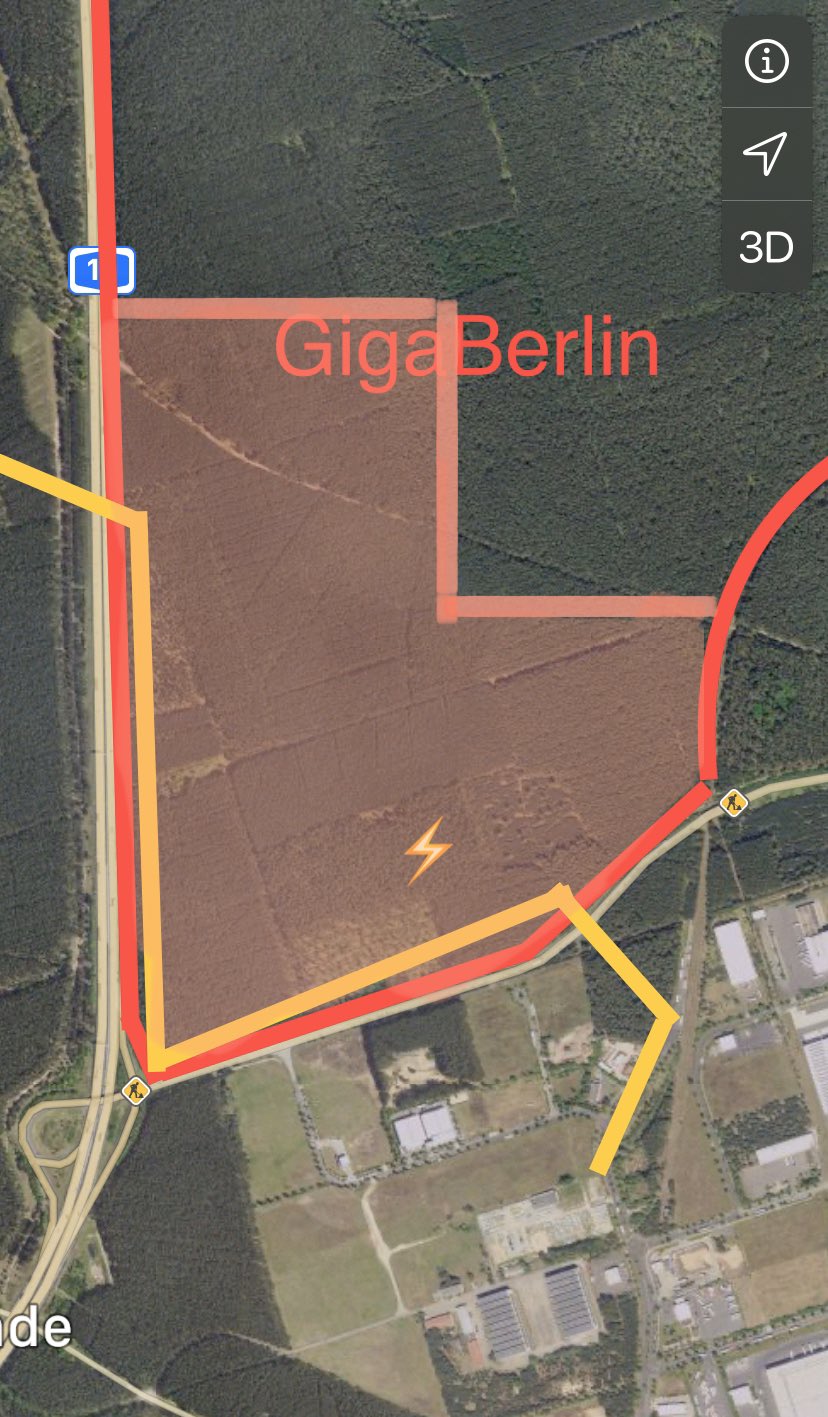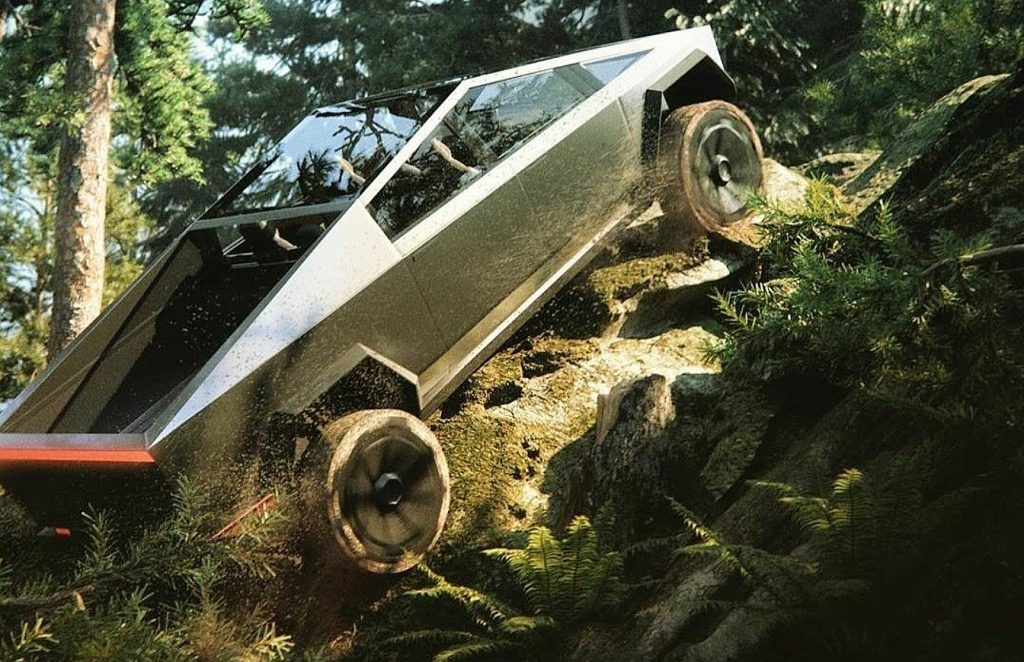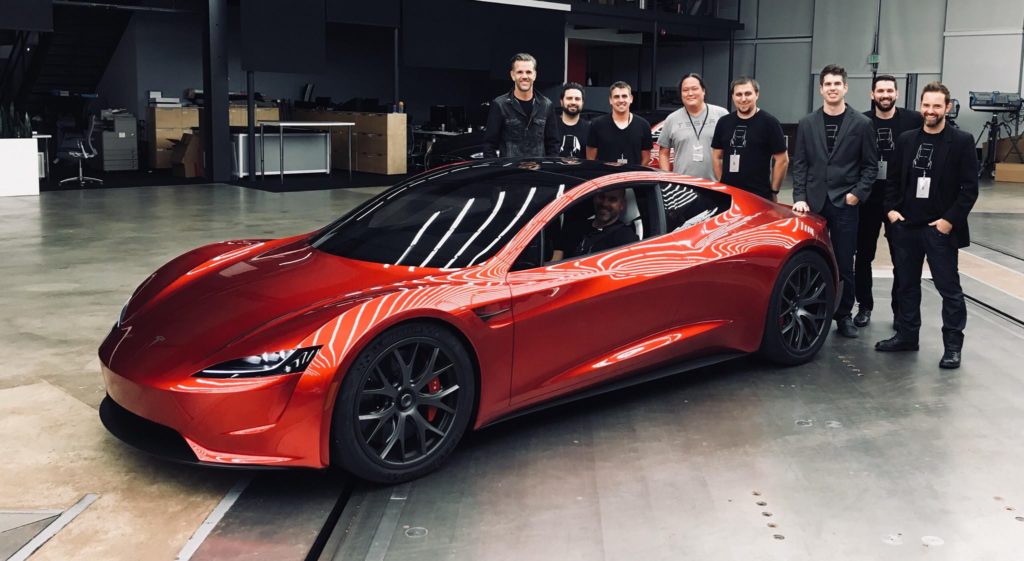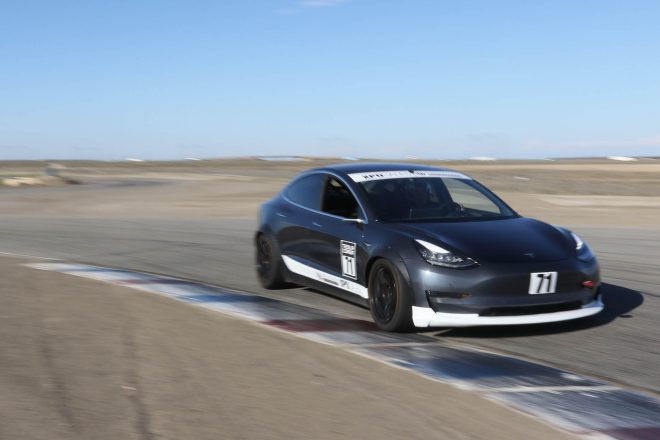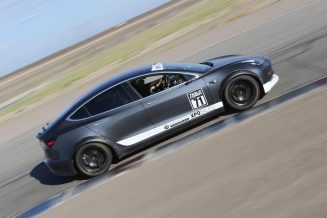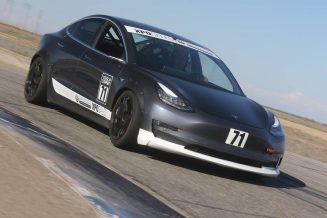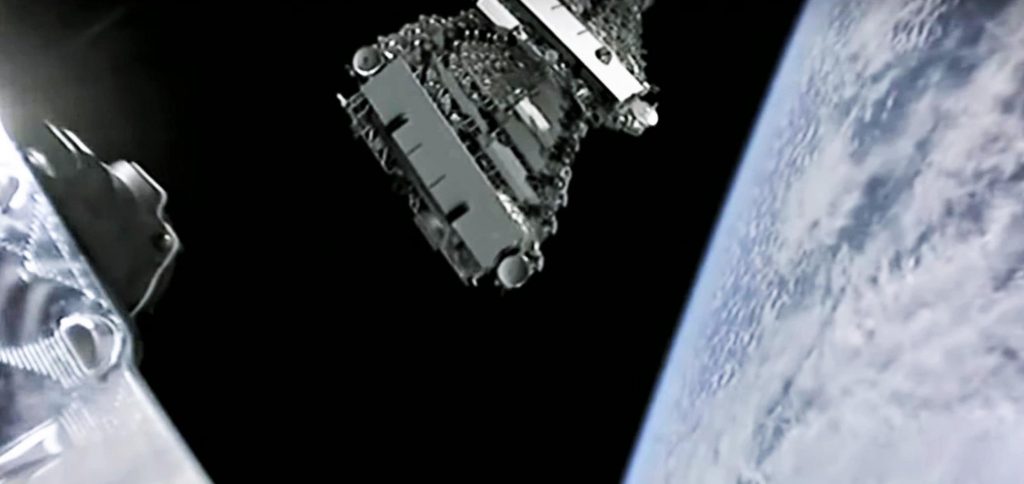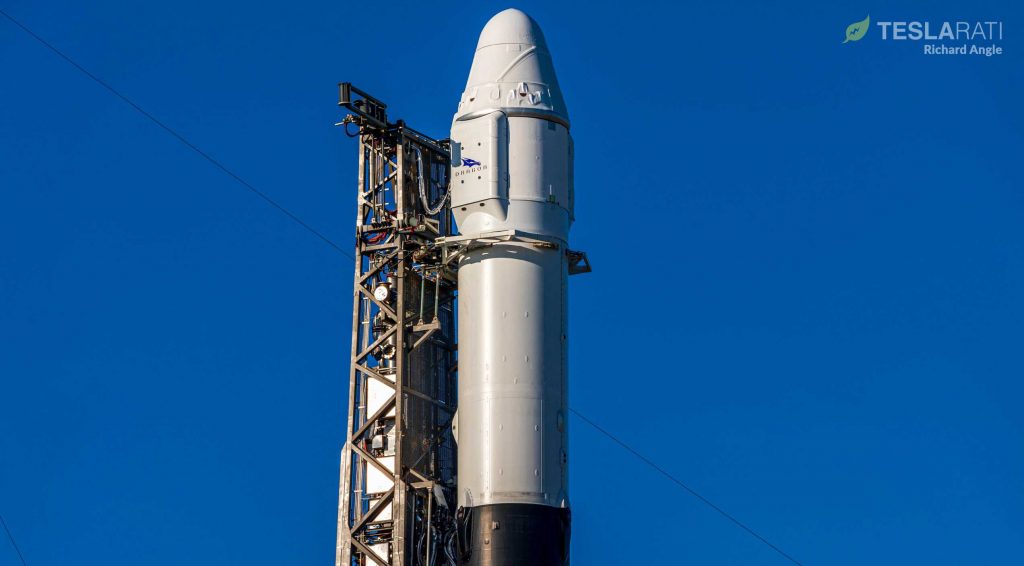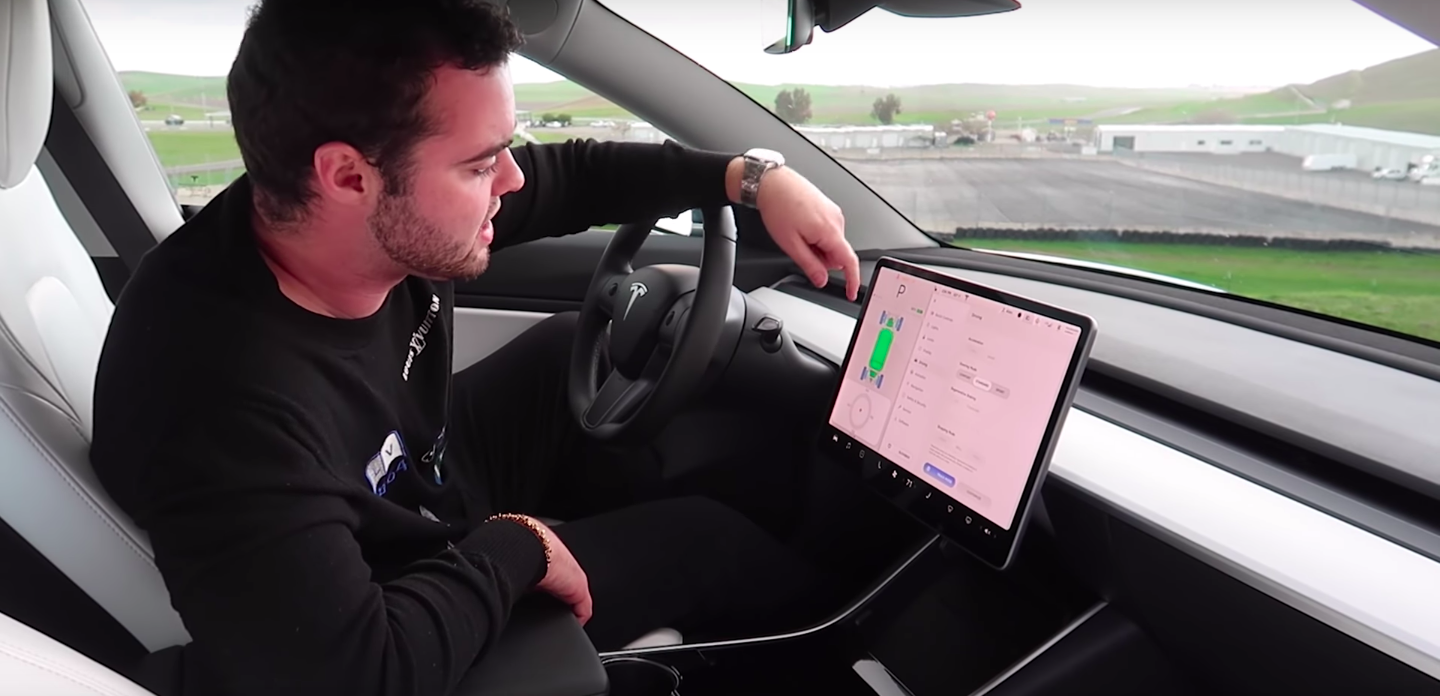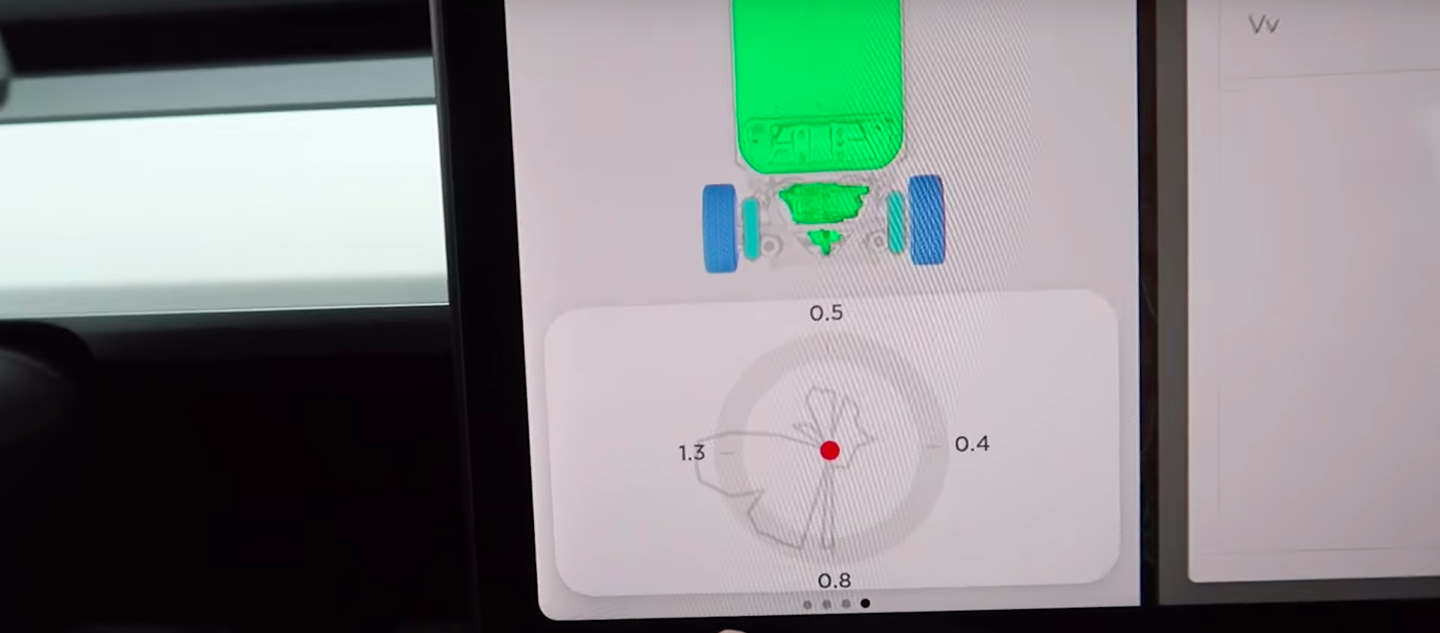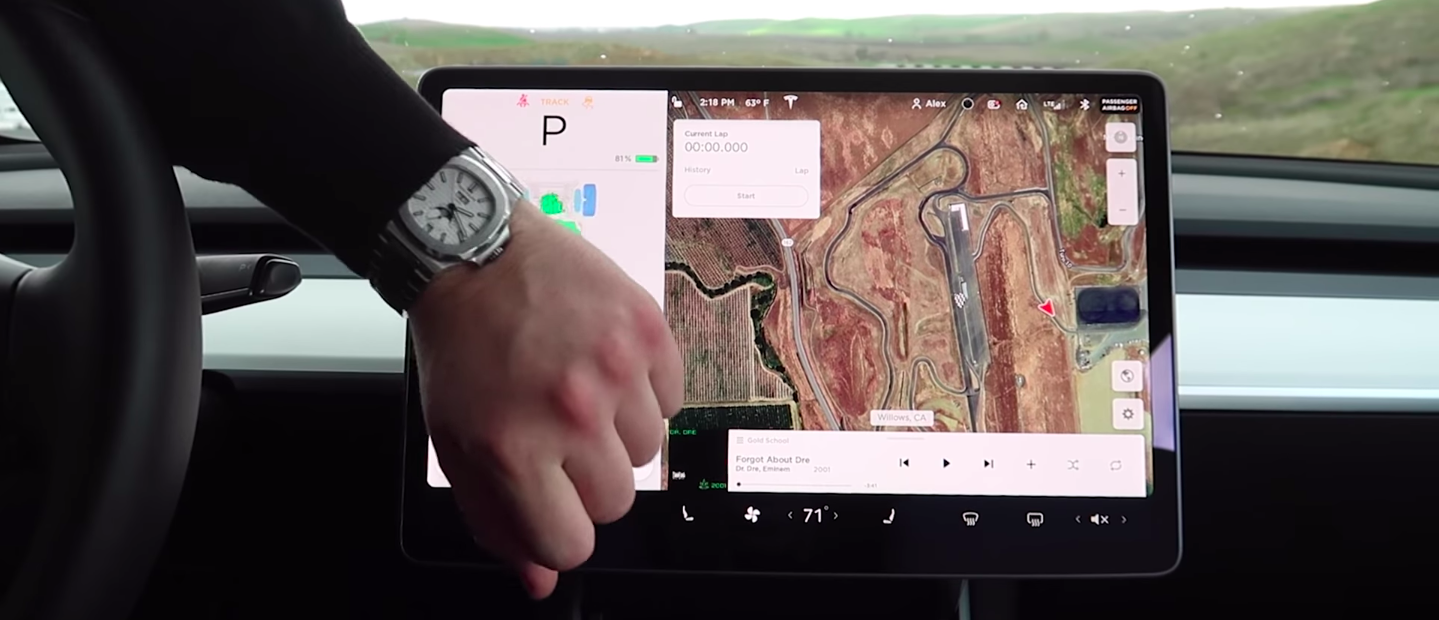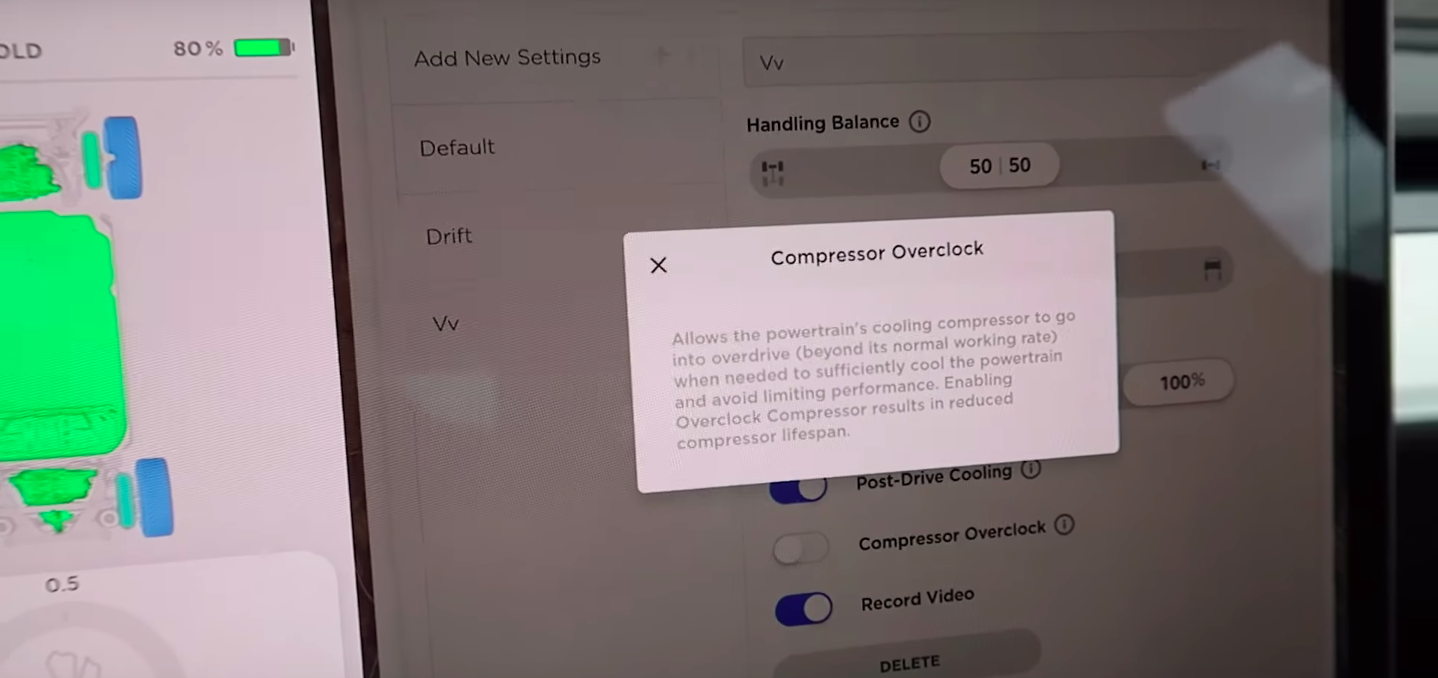Tesla CEO Elon Musk clarified the confusion between Hardware 2.5 and Hardware 3 after a group of Chinese Tesla owners filed a lawsuit against the electric carmaker.
Confusion about Tesla’s Hardware 2.5 being included in the newest deliveries was confronted by some of the newest Model 3 owners in China. Some owners filed a lawsuit against Tesla accusing them of fraudulent behavior after the paperwork for their vehicles stated the company’s HW3 would be included.
The owners were surprised to see Hardware 2.5 was put into their vehicles, but without the purchase of the company’s Full Self Driving suite, the differences between HW2.5 and HW3 are non-existent.
A group known as the China Consumers’ Association will hear the owner’s initial complaints, but those who are filing with the association say they could demand triple compensation from Tesla if their concerns are not resolved, according to an article from the Nikkei Asian Review.
The problem with their complaint is that HW 2.5 and HW 3 have the same functionality if FSD is not involved. Tesla owner and enthusiast Sofiaan Fraval said, “The difference is FSD Preview mode which is only for FSD purchases. Software has the same functionality otherwise.”
Tesla apologized for the confusion it caused some owners and said they did not mean to mislead customers. The reason for putting the older HW 2.5 into vehicles was to expedite deliveries and get the vehicles to customers who had been waiting as soon as possible. The company also stated there was “almost no difference” in driving experience and safety for the Model 3.
Interestingly enough, Musk stated “Oddly, those who complained didn’t actually order FSD. Perhaps they weren’t aware that the computer is upgraded for free if the FSD option is ordered even after delivery.”
True. Oddly, those who complained didn’t actually order FSD. Perhaps they weren’t aware that the computer is upgraded for free if the FSD option is ordered even after delivery.
— Elon Musk (@elonmusk) March 4, 2020
Musk added that Tesla is currently planning to release more features of the FSD suite later this month.
Tesla owners have even reported that Hardware 3 retrofits are becoming a quick and painless process. Tesla owner-enthusiast Tesla Raj shared his experience of having his Model 3 retrofitted with HW3, and stated the process took all of seven hours to complete. Others have stated their vehicles have been upgraded in times as little as 2 hours and 20 minutes.
Owners who have vehicles with either HW2 or HW2.5 and have purchased the FSD suite for their cars can have the upgrade to HW3 free of charge. Even if the FSD suite is purchased after delivery, the hardware will still be upgraded free of charge, making the complaints from Chinese owners questionable.

(adsbygoogle = window.adsbygoogle || []).push({});
<!–
–>
var disqus_shortname = «teslarati»;
var disqus_title = «Tesla’s Elon Musk talks China Model 3 Hardware, states new FSD features are coming later this month»;
var disqus_url = «https://www.teslarati.com/tesla-model-3-china-hardware-fsd-update/»;
var disqus_identifier = «teslarati-132160»;

